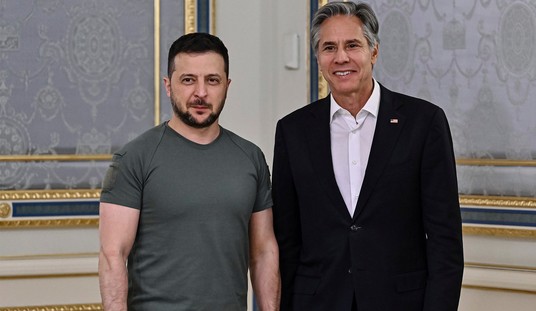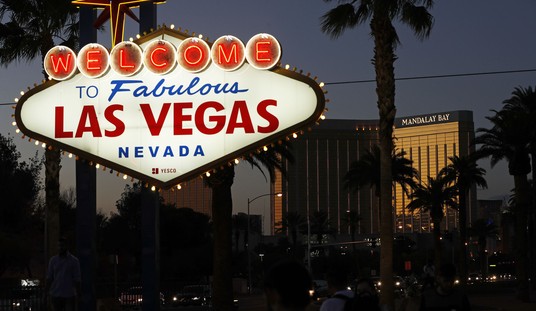Last June, in the wake of the nationwide protests and riots over the death of George Floyd, Portland’s Mayor Ted Wheeler and Commissioner Jo Ann Hardesty pushed a plan that cut $7 million from the Portland Police Budget and got rid of a group of officers called the Gun Violence Reduction Team. Hardesty, who had been pushing for the change for years, argued the GVRT was a failure:
The team has been singled out repeatedly by the Black community for over-policing their neighborhoods. Portland’s homicide rate has increased since 2015 and shootings have not declined.
“At the end of the day, they have a horrible conviction rate,” Hardesty said in a recent interview with OPB. The commissioner has been pushing the city to defund the program since long before she was elected.
“They couldn’t find a gang member if they fell over one.”
Hardesty also noted that the GVRT’s predecessor, the Gang Enforcement Team, had disproportionately targeted black people for stops. Though black people only make up 6% of the city’s population they made up 60% of those stopped by the GET in 2018. Wheeler and Hardesty got their way and 34 officers who were part of the GVRT were reassigned to regular patrol jobs. But the head of the police union warned at the time that disbanding the GVRT was a big mistake:
Daryl Turner, the head of the Portland Police Union, said he believed the disbanding of the unit was definitely “one of the biggest mistakes the police commissioner’s ever made.”
“The safety of our community is in jeopardy when we do something like this,” he said. “They are a vital part of the Police Bureau and now that is gone. That is going to cripple us in our ability to be able to stop violence in the streets of the city of Portland.”
And sure enough, the number of shootings have gone up sharply in Portland, with people of color disproportionately the victims.
More people died of gunfire last year in Portland — 40 — than the entire tally of homicides the previous year. The number of shootings — 900 — was nearly 2 1/2 times higher than the year before. The spike has continued this year, with more than 150 shootings, including 45 people wounded and 12 killed so far…
Nearly half of the 55 total homicide victims in 2020 were people of color, many of them from Portland’s historically Black neighborhoods, according to city statistics.
So far this year, there have been 17 homicides — a concerning number considering there had only been one homicide in the same period in 2020.
Does this prove that getting rid of the GVRT was a terrible mistake? Well, it depends who you ask. Since the surge in crime happened in the wake of George Floyd’s death, around the same time the GVRT was eliminated, it’s difficult to say what the cause is. Commissioner Hardesty and Mayor Wheeler both argue that the surge of violence is a nationwide problem (and it is) that is not connected to disbanding the GVRT. On the other hand, there is some evidence that teams like the GVRT work to reduce gun violence:
Stockton, California, began disbanding and defunding police units dedicated to gun violence in 2010. In 2011 and 2012, the city’s homicide rates reached record highs. After the city restored the units, homicides significantly declined, according to data reported by police.
So there’s a disagreement over whether this is a nationwide crime wave that is outside the city’s control or a direct result of a poor policy choice by two far-left politicians jumping on the “defund police” bandwagon. Or maybe it’s some combination of both.
Today the Associated Press tells the story of one crime victim whose family thinks eliminating the GVRT is a big part of the problem. Tyrell Penney was a 27-year-old man who was shot and killed last summer shortly after the elimination of the GVRT. Elmer Yarborough is Penney’s uncle. He told the AP, “Without a doubt, I think it is a possibility that my nephew could still be alive if (the Gun Violence Reduction Team) was not dissolved.” He added, “I cannot say for sure if he would, but what I will tell you is had it not been my nephew that was saved, it probably could have saved the life of someone else.”
It turns out that Yarborough knows what he’s talking about. He is a former gang member who grew up in the city. He knew some of the officers in the GVRT because he’d been arrested by them back in the 1990s. “They built relationships with gang members and knew who the perpetrators were,” he told the AP. “They…were able to band together to stop it, or at least refer people impacted to programs to help change their lives,” he said.
There’s a simple way to find out who is right. Reform the GVRT and see if the group can bring violent crime back under control. The only reason not to do that is because you don’t want to be proven wrong and therefore at least partly responsible for the violence that has been unleashed in the city.








Join the conversation as a VIP Member